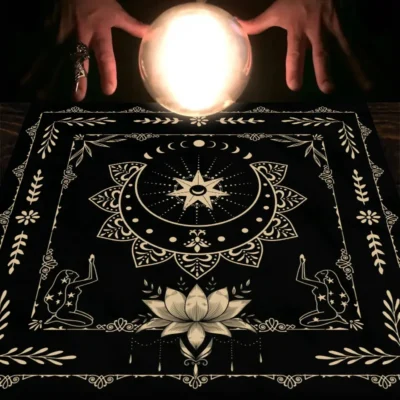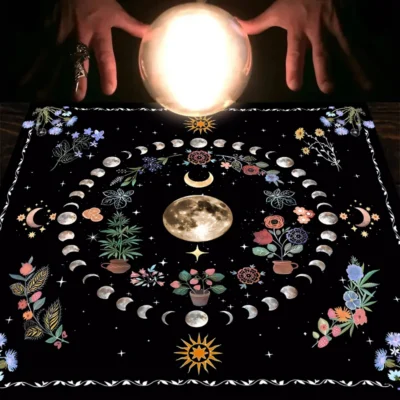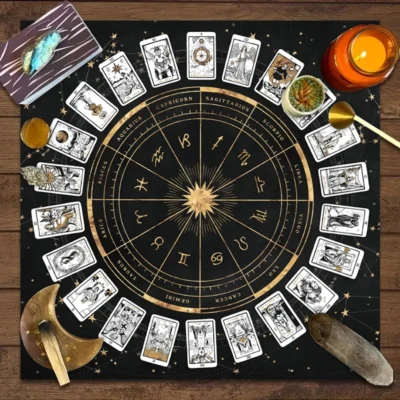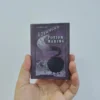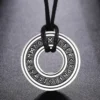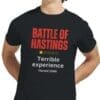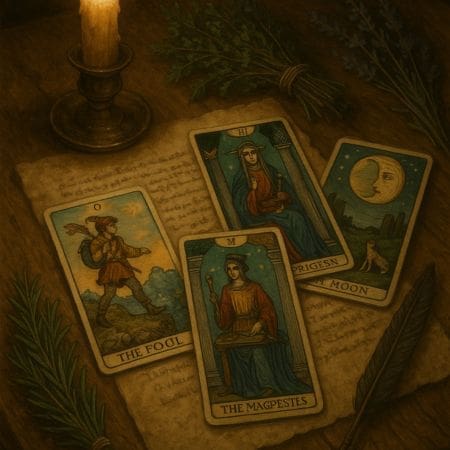
Symbols, Secrets, and the Search for Meaning
Imagine a flickering candle, the scent of dried lavender curling through the air, and a hand hovering over parchment as runes or symbols are carefully arranged. This is the scene many conjure when thinking of medieval mysticism — a world of omens, herbal lore, and whispered charms.
But was the tarot part of this world? Did fortune-tellers in medieval England or Wales lay out cards beneath stone arches, seeking glimpses of the future?
The truth is more intricate than legend, and no less fascinating.
At a Glance: Key Facts About Tarot in the Medieval Period
- Tarot cards were not used in medieval England or Wales.
- The first tarot decks emerged in 15th-century Italy, designed for a card game called tarocchi.
- Tarot’s association with mysticism and fortune-telling developed much later, in 18th-century France.
- In medieval Britain, divination and folk magic were common — but took different forms, such as scrying, astrology, and charms.
- Today’s tarot decks often feature medieval-style art, giving a nostalgic illusion of deep historical roots in Britain.
The Birth of Tarot: Not British, Not Magical (Yet)
The tarot’s story begins far from the mists of Wales or the courts of England. It was in the wealthy duchies of northern Italy, around the early 1400s, that the first tarot decks appeared. These were not spiritual tools but elaborate sets of playing cards, crafted for aristocratic entertainment.
Known as carte da trionfi (“cards of triumph”), they evolved into the game of tarocchi. The decks combined familiar suits (swords, coins, cups, and batons) with an additional set of illustrated “triumph” cards — what we now call the Major Arcana.
Figures like The Fool, The Emperor, and The Wheel of Fortune were artistic flourishes, not mystical keys.
None of this had yet reached England or Wales, where playing cards themselves were a new import — and tarot was still unknown.
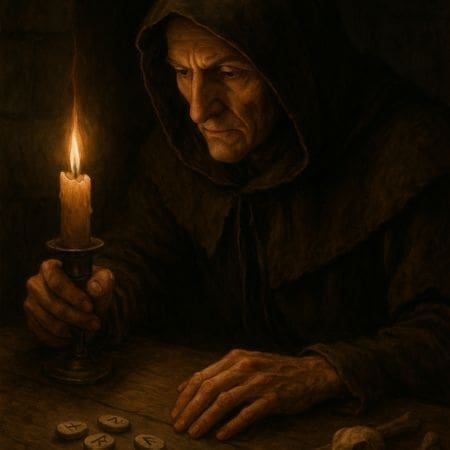
Mysticism Comes Later: The 18th-Century Reinvention
The transformation of tarot from parlour pastime to tool of the occult did not begin until over 300 years later.
In 18th-century France, intellectuals and mystics began to reframe the tarot as something far older and more mysterious than it truly was. Chief among them was Antoine Court de Gébelin, who claimed that tarot preserved the ancient secrets of Egyptian priests — a romantic theory now thoroughly discredited.
Around the same time, the fortune-teller Etteilla (Jean-Baptiste Alliette) created one of the first decks specifically designed for divination, complete with esoteric meanings and a method of cartomancy.
From there, the concept of tarot as a magical tool spread across Europe. By the 19th century, it reached British shores through occult societies like the Hermetic Order of the Golden Dawn — but that was long after the medieval period had ended.
What Medieval Britons Really Believed In
Though tarot was absent, medieval England and Wales were alive with magical thinking.
The line between religion, folklore, and superstition was thin. People looked to signs in the sky, symbols carved into doorways, and the wisdom of the wise-woman or cunning man. Their practices were practical, protective, and deeply local.
Common forms of medieval British magic included:
- Scrying: Gazing into reflective surfaces like water, crystals, or polished metal to see visions.
- Astrology: Interpreting the stars to understand human affairs — widely accepted and practised by educated clergy as well as commoners.
- Charm books: Collections of prayers, symbols, and instructions thought to bring luck, healing, or protection.
- Casting lots or bones: Simple games of chance used to make decisions or foretell outcomes.
- Dried herbs and spoken spells: Used for everything from love potions to curing ailments.
Wales in particular maintained a strong tradition of oral storytelling, Celtic myth, and folk healing — rich in symbolism but not based in card-based divination.
Why the Confusion? The Medieval Look of Tarot Today
Modern tarot decks often evoke a medieval or Renaissance aesthetic. The Rider-Waite-Smith deck, one of the most famous in the world, is filled with medieval costumes, castle imagery, and religious symbolism.
This visual language creates the illusion that tarot has medieval roots in Britain — a powerful but misleading impression.
It’s worth noting that many modern tarot artists intentionally draw on medieval styles. From Gothic arches to alchemical symbols, these images tap into the emotional power of history and mystery. But they are a reimagining, not a revival.
Blending Fantasy and History in Today’s Tarot
At Histories & Castles, we embrace both historical truth and the rich imaginative worlds that surround it. Our Medieval Magic section includes tarot decks that honour the spirit of the past, even if they do not originate from it.
Browse the collection
-
Floral and Plant Print Tarot Tablecloth – Botanical Magic
£7.59 -
Moonlight Flower Tarot Card Table Cloth
Price range: £11.85 through £13.61 -
Zodiac Tarot Card Tablecloth – 12 Sign Fortune-Telling Mat
Price range: £6.20 through £8.72
Echoes of the Past
So, were tarot cards used in medieval England and Wales?
No. But the spirit behind them — the desire to understand fate, protect oneself, or interpret the unseen — certainly was.
The history of tarot is one of transformation. From an Italian card game to a French occult system to a global tool for self-reflection, the journey of tarot reflects our enduring human need for meaning.
In this way, tarot may not be medieval — but it is timeless.

